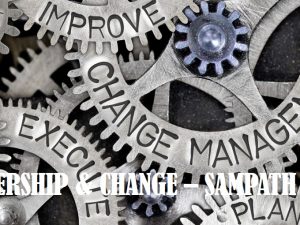| Preview |
Question 01 – Discuss four (4) styles of leadership and the impact each of the identified styles on organizational culture.
Leadership can be defined as a relationship through which individuals use their power and authority to inspire others and influence them to follow specific course of actions (Diasz, 2017). Leadership style means the management styles which describes managers’ approaches use to seal with their subordinates (Armstrong, 2012). Organizational culture is defined based on the leadership (Amabile & Khaire, 2008).
Transformational leadership
Transformational leadership can be defined as leadership approach which lead to change individuals and organizational systems and performances (Adams & Adams, 2009). This leaders make significant changes to improve and achieve goals of organization. There are key four factors in transformational leadership style which are idealized influence, intellectual stimulation, inspirational motivation and individual consideration (Adams & Adams, 2009). Under the transformational leadership, leaders and subordinates share mutual interests and shared vision regarding the goals of the organization. In this organizational culture, everyone of the organization focuses on common purpose, vision and values. Expressiveness of common trait of the company which has transformational leadership. Further, transformational leadership affects to increase flexibility in organizational culture and dynamic and bottom up approach in decision making.
Transactional leadership
Transactional leadership style mainly focuses on outcomes, fit in to the current structure of the organization and measures the success based on current organizational system such as performance evaluation and reward mechanism (Diasz, 2017). Transactional leaders are mainly responsible for managing employees’ performance and enabling organizational performance (Armstrong, 2012). They are good at maintain stable and consistent environment rather make significant changes to the organization. Under the transaction leadership, internal control, standard operation procedures and directions play key role in organizational culture (Laohavichien et al. 2009). Organizational culture would be more rigid and mechanistic. Employees would be focused on short term personal interests.
Bureaucratic leadership
Bureaucratic leaders rely on clear chain of command, strict and specific regulation. Bureaucratic leadership focuses on task specification, hierarchy of authority, rules and regulations, career orientation and impersonality (Diasz, 2017). They do not focus on employee motivation and learning and development of employees. Under bureaucratic leadership, role culture is developed with individuals specializing on a functional basis. Organization structure, order and chain of command are important factors in this organizational culture.
|





